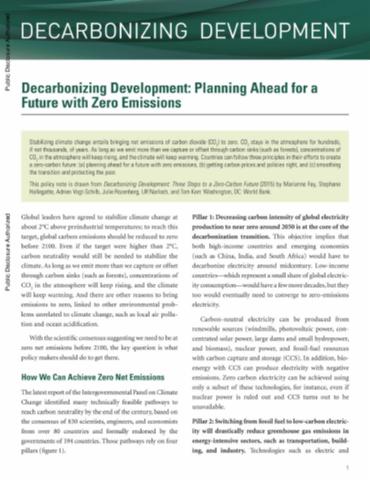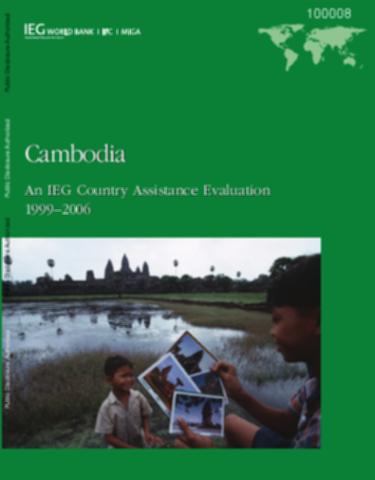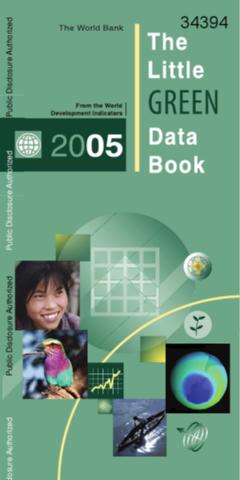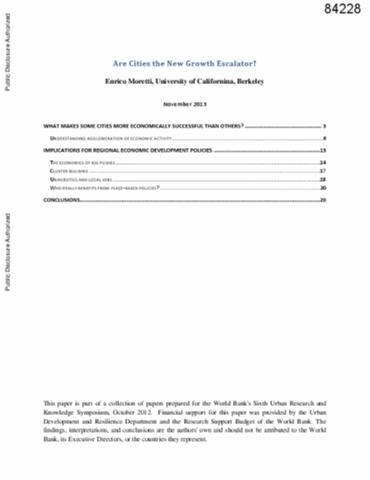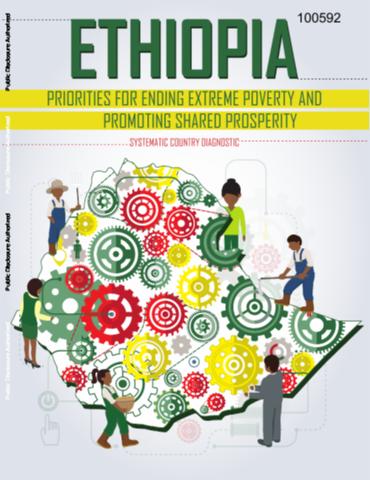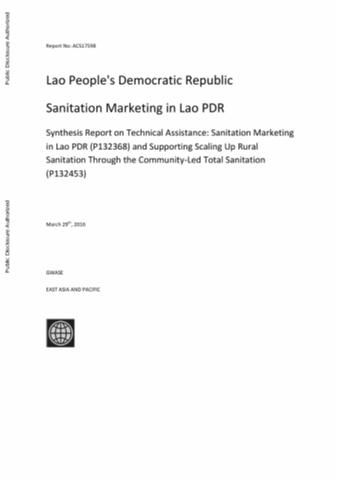Proceedings of the FAO-CityNet-AFMA Subregional Seminar
Decarbonizing Development
Stabilizing climate change entails bringing net emissions of carbon dioxide (CO2) to zero. CO2 stays in the atmosphere for hundreds, if not thousands, of years. As long as we emit more than we capture or offset through carbon sinks (such as forests), concentrations of CO2 in the atmosphere will keep rising, and the climate will keep warming. Countries can follow three principles in their efforts to create a zero-carbon future: (a) planning ahead for a future with zero emissions, (b) getting carbon prices and policies right, and (c) smoothing the transition and protecting the poor.
Cambodia
Cambodia emerged in the early 1990s from 30 years of conflict, the brutal Khmer Rouge era, and a decade of Vietnamese occupation, with one of the world’s lowest per-capita incomes, and with social indicators far behind those of neighboring Southeast Asian countries. Physical infrastructure had been largely destroyed. United Nations intervention led to a peace agreement in 1991, a new constitution, elections, and formation of a coalition government, although a reduced level of conflict and political instability continued until the late 1990s.
The Little Green Data Book 2005
The Little Green Data Book 2005 is based on the World Development Indicators 2005, and represents an abbreviated collection of information. Its production is a collaboration between the Development Economics Data Development Group, and the Environment Department of the World Bank. Development and poverty alleviation-the World Bank's mission-call for a long-term vision. Enhancing environmental quality, improving natural resource management, and maintaining global ecosystems are all important steps toward this goal.
Are Cities the New Growth Escalator?
Urban areas tend to have much more productive labor and higher salaries than rural areas, and there are vast differences across urban areas. Areas with high salaries and high productivity tend to have employers that invest in much more research and development than areas with low salaries and low productivity. This paper addresses two questions. First, it discusses the causes of these vast geographical differences in wages, human capital, and innovation. The second part of the paper discusses regional economic development policies.
Romania Toward a Low Carbon and Climate Resilient Economy
By European standards, Romania is a low urbanized country. There exists a rising trend towards suburbanization, however, that is not fully captured by Romania’s urban statistics. The country’s urbanization rate of 55 percent has remained fairly constant over the past two decades, despite significant population migration out of the country, and a strong suburbanization trend in areas on the immediate outskirts of major cities.
Romania Toward a Low Carbon and Climate Resilient Economy
This report is about Energy sector in Romania which is responsible for 58 percent of the country’s GHG emissions (except Land use, land-use change and forestry (LULUCF)), and is therefore critical for mitigation. Romania’s economic growth and energy consumption have been decoupling since the early 1990s, and the energy intensity of the economy has been continuously decreasing, but it is still high. At present, Romanian energy supply system is relatively carbon intensive, but share of zero-carbon energy sources is growing.
Ethiopia
This Systematic Country Diagnostic (SCD) identifies the binding constraints to reducing extreme poverty and promoting shared prosperity in Ethiopia. Achieving those goals requires a two pronged strategy of building on the strengths of past performance as well as introducing new elements. Progress in rural livelihoods drove poverty reduction in the past and will likely do so in the future. In addition, faster, and more inclusive, private sector-led structural change and ‘getting urbanization right’ are essential going forward.
Sanitation Marketing in Lao People's Democratic Republic
This report summarizes the results, lessons and recommendations to the Government of Lao PDR from two Technical Assistance projects (TA) “Supporting Demand Creation for Sanitation through Community Led Total Sanitation” and “Sanitation Marketing in Lao PDR” carried out by the World Bank’s Water and Sanitation Program between October 2012 and December 2015. The development objective of the TAs was to increase improved sanitation and hygiene practices and change community behavior to achieve Open Defecation Free (ODF) status at the village level.

